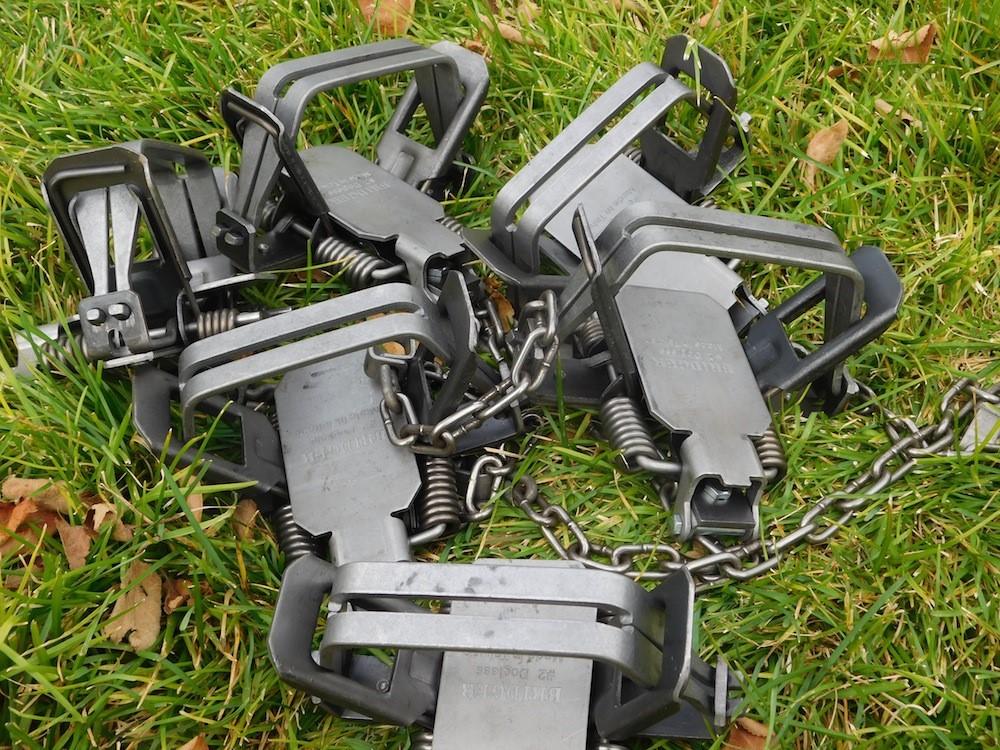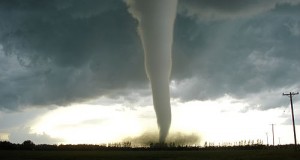|
Listen To The Article
|
If you ever find yourself in a survival situation, what would be your first priority? One recurring theme when reading stories of survival is the constant search for food.
Folks like the Lykovs or Alexander Selkirk all relayed a similar message that food was a constant necessity that proved unending in its demands. Not only was food harder to obtain, but their caloric expenditures would have increased dramatically as they transitioned into survival mode.
While hunting with a gun can be effective, trapping is another strategy to secure meat in the wild. In fact, trapping was a part of the Lykovs’ story. These days, trapping has earned a bad rap, with a few bad incidents making people leery of the practice altogether.
But trapping is a longstanding tradition in many parts of the country and also a great tool for animal management. Not only that, but trapping is a low-energy way of obtaining meat for the table. It targets many small game animals that tend to have large populations. I personally have eaten meat from my trapline and find it pretty tasty. Another benefit: Trapping targets animals that tend to have beautiful and useful fur.
If you’ve never trapped before, and think it might be a good skill to add to your repertoire, here are three basic traps that would be effective in any survival situation.
1. Footholds
The basic trap you’ll see people using these days is a foothold trap. As the name indicates, a foothold trap is designed to hold the foot of the trapped animal. Most folks wrongly believe traps are designed to cause severe damage to animals. They’re not. These traps aim to secure the animal above the foot, and simply hold it securely until the trapper can show up to dispatch it. I have only been trapping for a few years, but have yet to see an animal with any of the extreme injuries anti-trappers peddle as common. Watch the video below to understand this concept better.
Story continues below video
https://www.youtube.com/watch?v=BcihqyDRgQA
Footholds are useful for catching literally any animal out there, from muskrat to bear. One thing you need to consider is the size of the animal you want — and then select the proper trap. A good all-around trap is a #2 coil spring. (The number refers to the size of the trap. Smaller numbers like #1 are smaller traps, while a #4 would be big enough to hold more powerful animals.) A #2 coil spring is a nice middle-of-the-road trap that can secure most species you’d want to trap. With it you could catch raccoon, opossum and even powerful critters like beaver. In a situation where you can’t haul around a pickup full of traps, the #2 foothold can probably get the job done.
2. Conibears
A conibear refers to a square trap designed to kill the animal within seconds of triggering as an animal walks through it. One positive of a conibear trap is it diminishes the amount of ammunition you’ll need to carry and shoot on the trapline. In a situation where you need to conserve as much ammunition as possible, this added benefit can be vital. When using conibears it is important to pair the animal with the correct trap.
Learn The Secrets Of A Veteran Hunter As He Demonstrates How To Quickly Field-Dress Game
For trapping raccoon, trappers generally use 160s or 220s. One popular set to ensure proper firing of your conibear is to build a bucket set. These sets require the animal to walk through a small opening in a five-gallon bucket to obtain bait in the back. When they walk through the opening, the trap fires. Using the bucket set greatly increases the odds you will get an ideal catch right behind the ears, resulting in a quick and clean kill.
Story continues below video
One bit of advice before purchasing and using your conibear traps is to check your local game regulations. Since conibears are designed to kill instantly, many states have imposed laws to avoid catching dogs and cats. In my home state, for example, conibears must be placed at least six feet off of the ground, or completely submerged beneath the water. Some localities have banned this trap altogether.
3. Snares
Snares of today are simply made with a length of cable and a one-way slide. Like the conibear, they are designed to pass over the animal’s head and kill the animal in the trap. More modern snares are not designed to choke the animal, but rather to cut off blood flow to the brain, killing the animal much faster. To set a snare, first determine an animal’s routine path of travel. Once you’ve located the path, find a good location from which to hang your snare. Care must be taken to build your loop to accommodate the animal you want to catch, as well as placing the loop off the ground for the same purpose.
Story continues below video
Snares are beneficial for a variety of reasons, including not needing much ammunition. Secondly, snares are much lighter than either of the two steel traps previously mentioned. If you are in a situation where you have to carry your traps, snares may be the best option. Their weight also can allow you to set more traps at a time. If you start trapping, you’ll soon learn it can be a numbers game, and the ability to set more traps gives you a better opportunity to find food.
Similar to conibears, snares also generally have a good deal of legislation regulating their use. Consult your local laws to check their legality.
Final Thoughts
If you can get your hands on a few traps, it may be worth your time to learn a bit about this ancient art. Not only will you learn about the natural world around you, but you may learn a skill to help you during a survival situation.
Have you ever used traps? What advice would you add? Share your tips in the section below:
Learn How To ‘Live Off The Land’ With Just Your Gun. Read More Here.
 Off The Grid News Better Ideas For Off The Grid Living
Off The Grid News Better Ideas For Off The Grid Living




